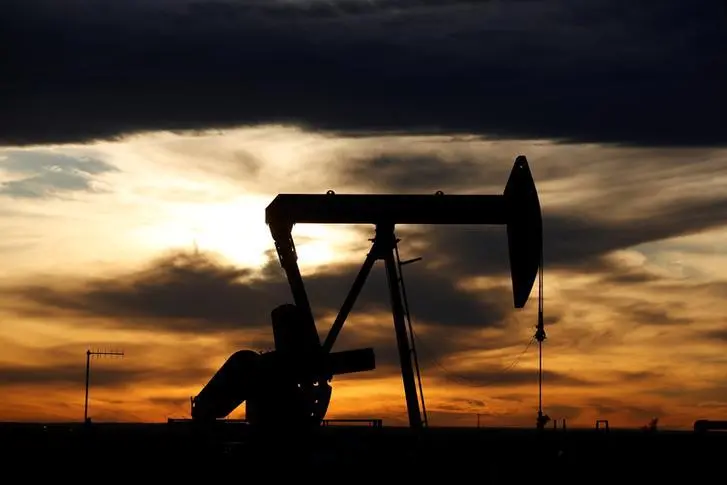PHOTO
(John Kemp is a Reuters market analyst. The views expressed are his own)
LONDON- Boosted by strong consumption of diesel, U.S. oil refiners are making progress on reducing excess stocks of middle distillates by limiting crude processing and focusing on making as much gasoline as possible.
But total petroleum inventories remain abnormally high, underscoring the need for OPEC+ to continue restricting crude production in the first quarter of next year, or risk a renewed collapse in oil prices.
U.S. distillate stocks declined by 4 million barrels last week and have fallen by a total of 23 million since mid-September, according to the Energy Information Administration ("Weekly petroleum status report", EIA, Oct. 28).
Distillate stocks are still 22 million barrels (17%) above the previous five-year seasonal average, but the surplus has shrunk from 39 million barrels (29%) at the start of July, confirming the market is rebalancing.
Distillate production was almost 15% below the five-year average last week while consumption was almost exactly in line with the five-year average, ensuring inventories drew down.
Recovering distillate demand has helped, but refiners have also limited production through a combination of restricted crude processing and configuring equipment to produce gasoline instead.
Crude processing was 16% below the five-year average last week while the ratio of middle distillates to gasoline produced remained close to its lowest for two decades, as it has for several months now.
Despite progress towards normalising distillate, the overall inventory situation continues to show a considerable overhang from the pandemic and volume war earlier in the year.
U.S. commercial crude oil inventories are still 44 million barrels (10%) above the five-year seasonal average and total stocks of crude and products excluding the Strategic Petroleum Reserve are 115 million (9%) above average.
With the second wave of the coronavirus epidemic accelerating, and growing fears about the threat of a double-dip recession, the outlook for fuel consumption and refinery crude demand is deteriorating.
John Kemp
(Editing by David Evans) ((john.kemp@thomsonreuters.com))












